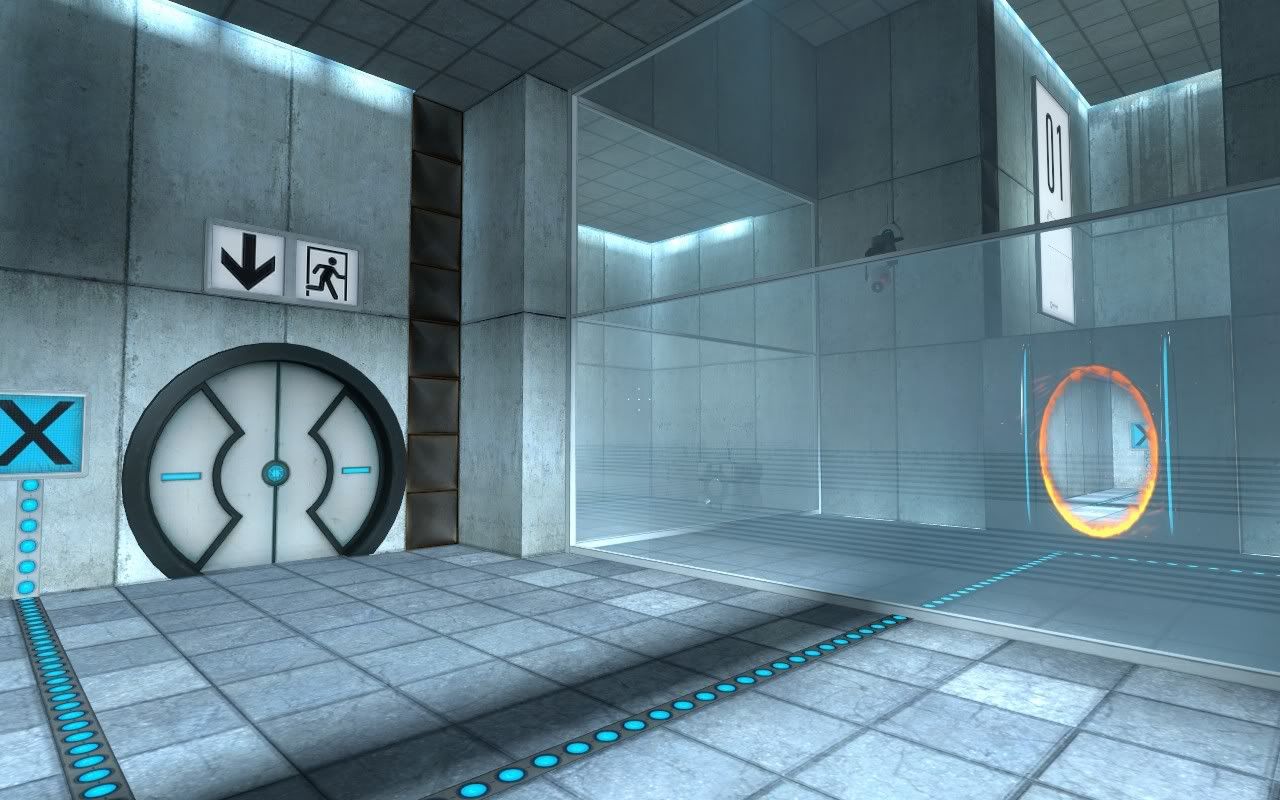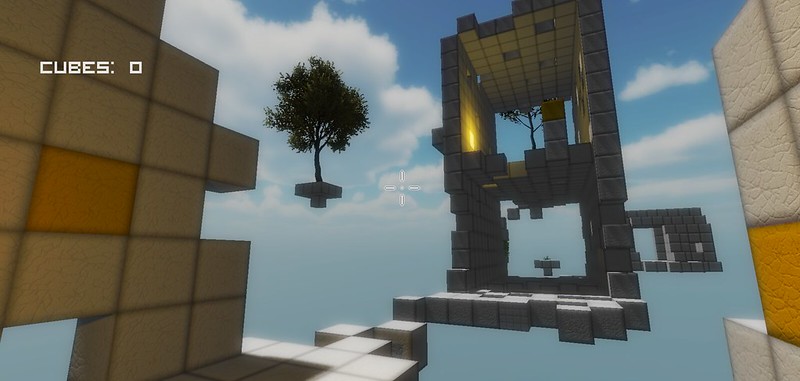1: Objects
2: Sound Speakers
3: Fast Gravity Net
4: Velocity Gate
5: Faking Motion Blur
Here is the source video:
OBJECTS:
A little while back I was considering typing a list of all the objects in the first chapter, Dawn Winter. Obviously, as I code different objects, the list will change. So here is the list of objects so far:
5 Shootable Classic Cube Panel Done
5 Shootable Sticky Cube Panel
5 Unshootable Panel
2 Bounce Panel
Pause Time Receptors Scripted
Base Wall Design
Start Door
Main Door
End Door
Control Door Scripted
Control Point Scripted
Tag Start Done
Tag Pointer Done
Tag End Done
Button for Door
Testing Blue Light Source
Testing White Light Source
Testing Blue Direct Light Source
Testing White Direct Light Source
Testing Start
Testing End
Lazer+Emmiter
Spike
Acid
Water
Icy Water
Teleportation Vent
Slow Velocity Net Scripted
Fast Velocity Net
Rapid Velocity Gate
Sound Emmiter LoudSpeaker Done
Moving Platform
Blue Box Gun Done
Classic Cube Done
Sticky Cube
Wow, a lot of stuff! The difference between an object marked 'Done' and one marked 'Scripted' is that Done ones have been scripted and textured and amplified and whatever else.
SOUND SPEAKERS:
If you look at the object list, you will see there is a 'Sound Emmiter Loudspeaker'. The Loud Speaker takes up one platform and it is meant so that if a player walks into a test, there has to be at least some sound otherwise it will seem bland but if I have a rhythm randomly playing, players will question why. So those Sound Emmiters pretty much explain why.
Here is what they look like:
If you want to see how it moves, you can catch glimpses of it in the source video.
FAST GRAVITY NET:
These are not shown how they work in the source video but they are shown as draft in the video:
( Below Play Button, Blue Net)
When a box touches the net, it will be flung fast in the destination direction. It will be very fun to use when level designing!
VELOCITY GATE:
Oooh yes, my favorite game object I've created (besides from the Pause time Receptors).
It shows in the source video that when the player walks into that green net, it gets flung across to
the Landing Position. This was one of my most stressful script I've had to do. At first I was confused about getting the player to move towards it rather than teleport to the destination. Then I got absolutely insane when I thought it was about a SendMessage (My arch enemy) script to the Player changing some Airborne values.
Eventually I found out about this crazy yet useful script node, 'Vector 3', which then had a 'Move Towards' added to it and a Boolean stating if its hit and after a few hours I developed a simple yet stressful code for the Velocity Gate. Oh and I did something with a speed value.
Well, it was a rewarding experience, especially after hundreds of failed attempts.
FAKING MOTION BLUR:
To go with the velocity gate, I wanted a motion blur, but no, Unity Pro has all the screen effects rather than my Unity Free. Well I was like, I don't care and I set out on a quest to figure out how to do this 'motion blur boost effect'. I soon realized that to have a motion blur freely, you have to make all the geometry in the scene deform. I was not prepared to animate everything, so I decided that to do the effect, I could have a zoom in effect. I realized to do that, I can have cloud particle effects running quickly across the screen forcing the players view point to be the center. Took time but I figured it out.
Here is what it looks like in-game:
Here is what it looks like out of the game:















